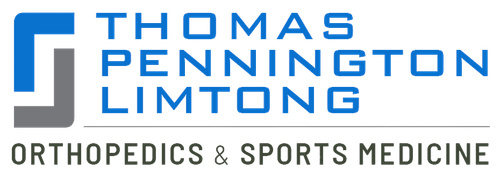Revision Joint Replacement
 Most people who undergo a total knee replacement get back to an active life that is free from the debilitating chronic knee pain. However, in some rare cases, the procedure may fail to yield the expected results. In these types of situations, surgeons recommend a second surgery called a revision knee joint replacement.
Most people who undergo a total knee replacement get back to an active life that is free from the debilitating chronic knee pain. However, in some rare cases, the procedure may fail to yield the expected results. In these types of situations, surgeons recommend a second surgery called a revision knee joint replacement.
The objective of a revision surgery is same as the primary total knee replacement. The technique, though, is more complex because the primary implant will have grown into the bone around the knee and has to be carefully removed. Besides, removal of this prosthesis means some part of the bone is also lost, leaving the surgeon with lesser bone to work on.
Revision knee replacement surgery therefore is a challenging procedure that requires specialized tools and implants along with more detailed planning for the procedure to succeed.
Thomas & Bigler Knee and Shoulder Institute, led by board certified orthopedic surgeons Dr. Steven C. Thomas and Dr. Gregory T. Bigler, provides orthopedic surgery to patients in Las Vegas, Nevada, while also serving areas such as greater Pahrump, Bullhead City, Lake Havasu, and Mesquite, NV.
How Does a Revision Surgery Work?
Revision knee replacement surgery can be of different types. In some patients, the surgeon will revise only one part of the prosthesis; in others, all the three parts – the tibial, femoral, and patellar components have to be replaced along with a rebuilding of the bone around the knee using augments or a bone graft.
If there is significant damage to the bone, the standard knee implants cannot be used for a revision surgery. In cases such as this, the surgeon will use special implants that come with a thicker and longer stem that can fit deeper into the bone to give extra stability and support.
Procedure of Revision Knee Replacement
Revision knee replacement surgery is a very challenging and complex process and may take about 2 to 3 hours time to complete.
The surgeon will first make an incision along the older incision from the primary total knee replacement surgery. The new incision may extend farther in order to allow removal of the old components.
The surgeon then moves in to place the tendons and kneecap aside and reveals the knee joint. They will look for signs of infection in the soft tissues around the knee, and also examine the plastic and metal parts of the prosthesis to check which part has grown loose or worn out or moved out of its intended position.
Any cement that was used in the primary surgery is removed and retaining as much bone as possible, the surgeon will remove the original implant. Next, they will prepare the bone surface to receive the revision implant. Any deficit in the bone around the knee is made up using platform blocks and augments.
In some rare cases, bone grafts may be required to rebuild the knee, and they may be sourced from your own bone or from some donor. Once the bone is adequately prepared, the surgeon inserts the revision implant and any damage to the surrounding soft tissue is repaired before carefully testing the new joint’s movement.
Orthopedic surgeons Dr. Thomas and Dr. Bigler receive patients from Las Vegas, Nevada as well as greater Pahrump, Bullhead City, Lake Havasu, and Mesquite, NV for orthopedic surgery.
Contact Board Certified Surgeons Dr. Bigler or Dr. Thomas at the Knee and Shoulder Institute in Las Vegas, NV to Schedule an Appointment:
If you would like to schedule an appointment or learn more about the Knee and Shoulder Institute procedures & treatments performed by Las Vegas, Nevada board-certified surgeons Steven C. Thomas, MD and Gregory T. Bigler, MD. Contact the office today click here.
Serving patients from and around greater Las Vegas, Lake Havasu, Bullhead City, Mesquite, Pahrump, Nevada
